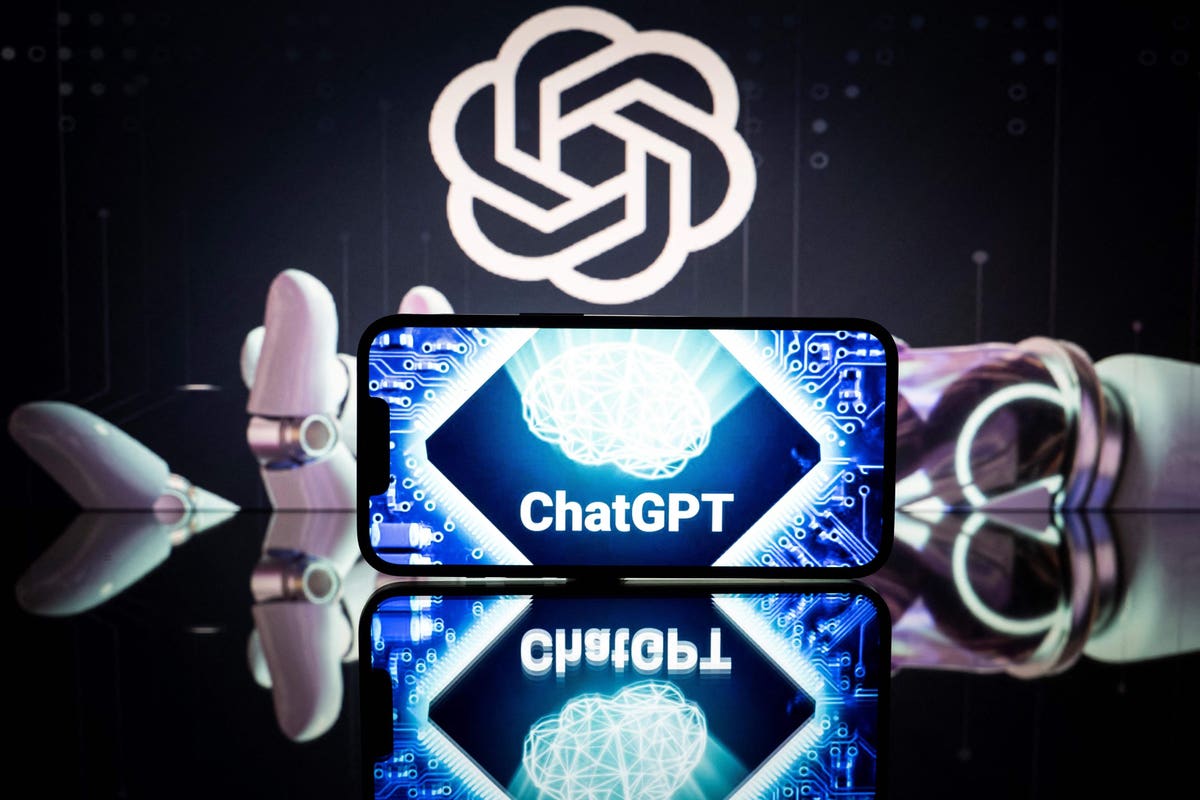In a recent study by Harvard University and Boston Consulting Group (BCG), the spotlight was on AI in the workplace. The results? They were as mixed as a bag of assorted jellybeans, with serious workplace ramifications.
AI, the same technology that powers our friendly digital assistants and algorithms everywhere, showed it could boost workplace productivity and efficiency. BCG consultants using AI completed 12.2% more tasks while doing it 25.1% faster. They also produced over 40% higher quality results compared to those not using AI. That seems quite incredible.
But wait, there’s a plot twist. Despite these productivity gains, the study found a significant increase in errors when tasks fell outside the AI enhancement. Consultants using AI were 19 percentage points more likely to produce incorrect solutions in such scenarios. It’s a bit like finding out your jellybeans are all coffee-flavored – not quite what you were hoping for and rather disgusting.
Now, imagine you’re an HR leader or CHRO. Or maybe you are one.
This study is a wake-up call. Is your workforce ready to integrate AI, understanding its capabilities and limitations? It’s about providing the necessary training and resources to ensure that your team can effectively navigate—as the researchers coined—the “jagged technological frontier.”
This “jagged technological frontier” highlights the uneven capabilities of artificial intelligence, at least in its current form with GPT-4. Within this frontier, AI can be a game-changer, but outside of it, the AI output can be less reliable, leading to an increase in errors and a degradation in human performance.
Consider the role of AI in your organization. AI can handle multiple inquiries simultaneously, enhancing efficiency and providing quick solutions. However, AI may not be the right tool for complex and nuanced issues that require human empathy and understanding. It’s like using a sledgehammer to crack a nut – overkill and ineffective.
The study between Harvard University and BCG provides valuable insights for leaders considering or already in the process of integrating AI into their organizations. But it’s essential to create the conditions for employees to understand when and how to use it fully. As the study points out, we can’t fully replace people with AI, but ignoring this fact is not a solid strategy either. CHROs really should be partnering with their CLOs to sort out the jellybean bag of AI.
Leaders should be making strategic and informed decisions to ensure that the integration of AI enhances rather than diminishes the human element of the workplace, leading to optimal organizational outcomes. It’s about leading your organization to a future where AI and human collaboration drive innovation, excellence, and success without unexpected coffee-flavored surprises.
The continuous evolution of AI technology means that the learning curve remains a constant companion for organizations. (Heads up, CLOs.) Regular training and updates on AI advancements are essential to keep the workforce agile and informed. It’s about fostering a culture of continuous learning and adaptation to technological changes in AI, ensuring that the organization remains both prepared and upgrading. No one is going to be putting the AI and/or Large Language Model (LLM) advances back into the genie bottle.
Moreover, the Harvard and BCG study underscores the importance of a collaborative approach to AI integration. It’s not just about the technology; it’s about the people who use it. Ensuring the workforce is engaged, informed, and empowered in the AI integration process is crucial. It’s about creating a seamless assimilation between human insight and AI capabilities, ensuring that one complements the other, leading to enhanced outcomes and minimized errors.
AI might replace some roles, but it mustn’t replace humans.
Integrating AI in the workplace is not just a technological shift; it’s a cultural and organizational transformation. It’s about leading your firm through this transition with insight, ensuring the journey through the “jagged technological frontier” is smooth and successful.
What’s the takeaway for leaders, as well as CHROs and CLOs in particular?
It’s a reminder that while AI might be performance-enhancing, it also causes mistakes and cannot replace human empathy or creativity.
It’s about ensuring that the workforce is ready to integrate AI, understanding its capabilities and limitations. It’s about providing the necessary training and resources to ensure that your team can effectively navigate the “jagged technological frontier,” maximizing the benefits of AI while mitigating the risks.
Ultimately, it’s about leading your organization to a future where AI and human collaboration drive innovation, excellence, and success without the unexpected coffee-flavored surprises. It’s about making strategic and informed decisions to ensure that the integration of AI enhances rather than diminishes the human element of the workplace, leading to optimal organizational outcomes.
It’s about ensuring that the organization is not just a passive traveller in the AI journey but an active navigator. Does anyone really want a bag full of coffee-flavored jellybeans?
_______
Pre-order my next book, publishing in November, Work-Life Bloom: How to Nurture a Team That Flourishes, (You won’t want to miss digging in.)
Read the full article here





